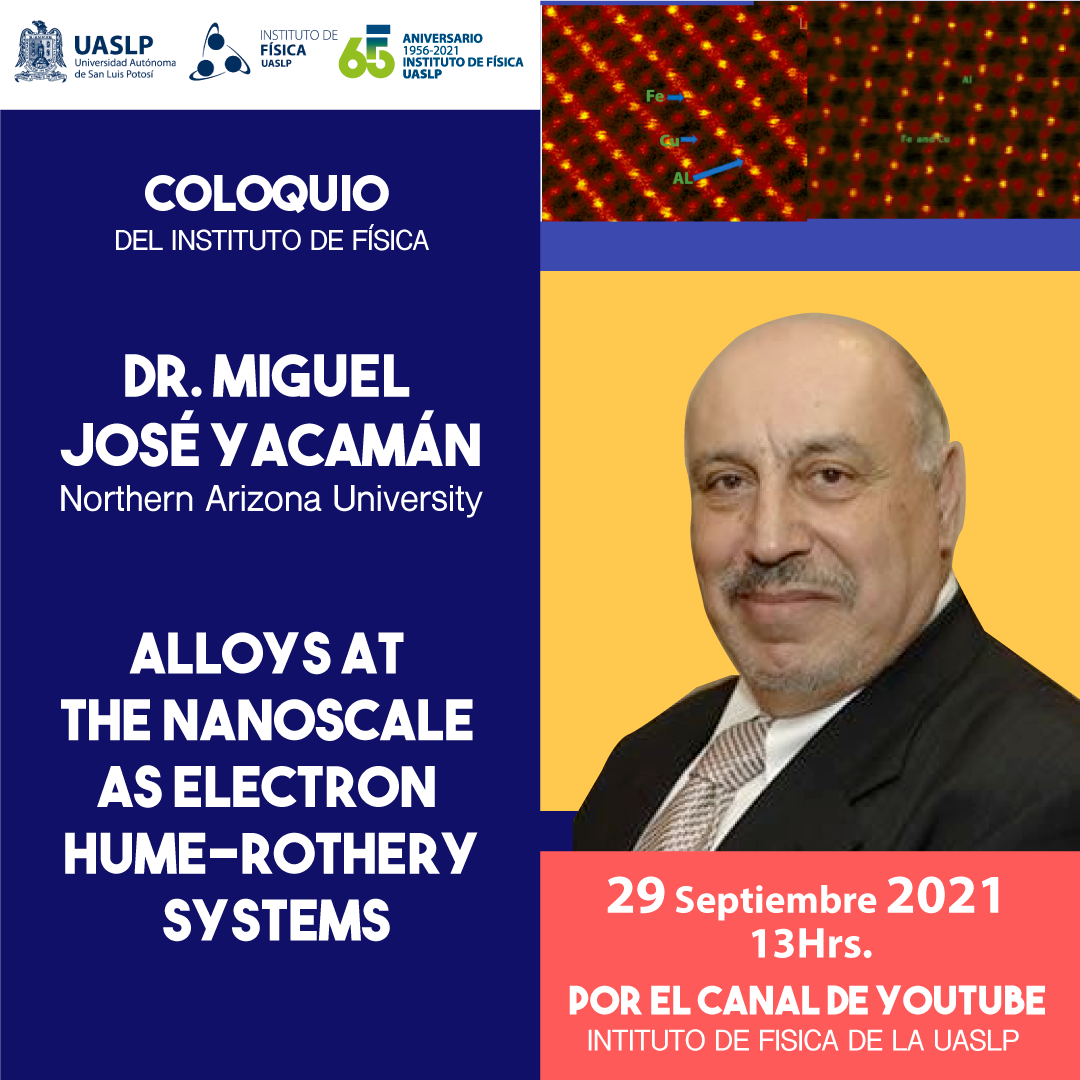
Liga de YouTube
https://www.youtube.com/channel/UCijcZAcDo1Ih5u9e8kiFP3g
Procedencia: Applied Physics and Materials Science Department and MIRA Northern Arizona University.
Resumen: In modern materials science at the nanoscale, it is important to fabricate multi metallic nanoparticles. It is well known that mixing metals produces a system with better properties that either component . However, the rules of alloying at the nanoscale are still not well developed .In contrast in the case of bulk alloys there have been a very intense development on the last decade. Important alloys such as High Entropy Alloys (HEA) and quasicrystals have been fully understood as Electron Hume Rothery alloys. In the present talk we will discuss the applicability of those rules for nanoalloys .We will be shown that it is possible to develop modified rules that can open the way for controlled nanoalloys .We will show several experimental results in bi metallic and trimetallic systems.










